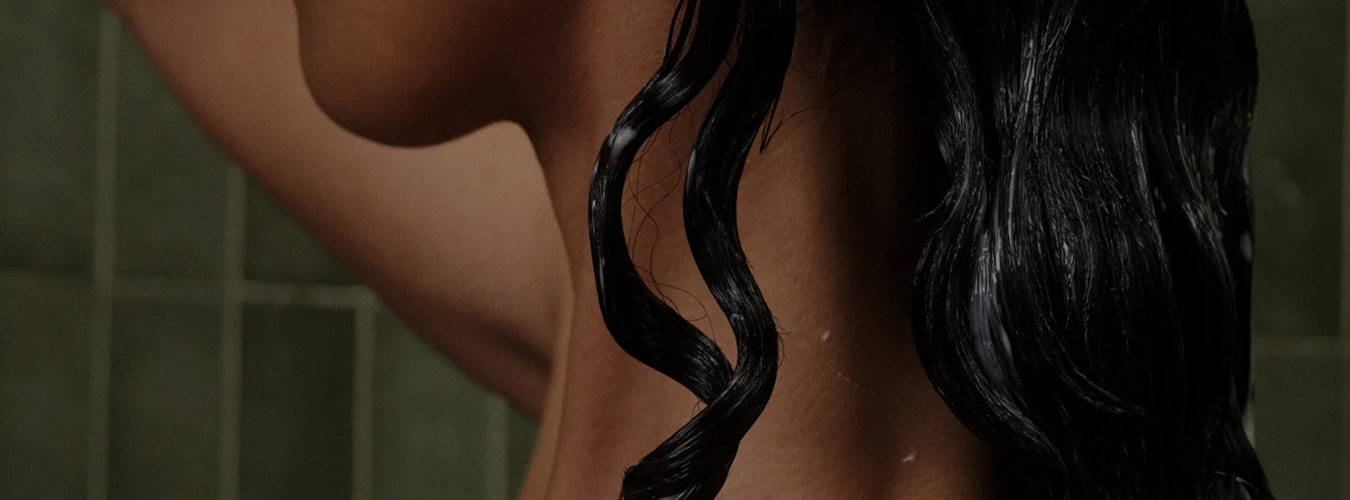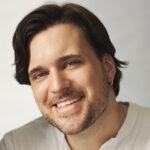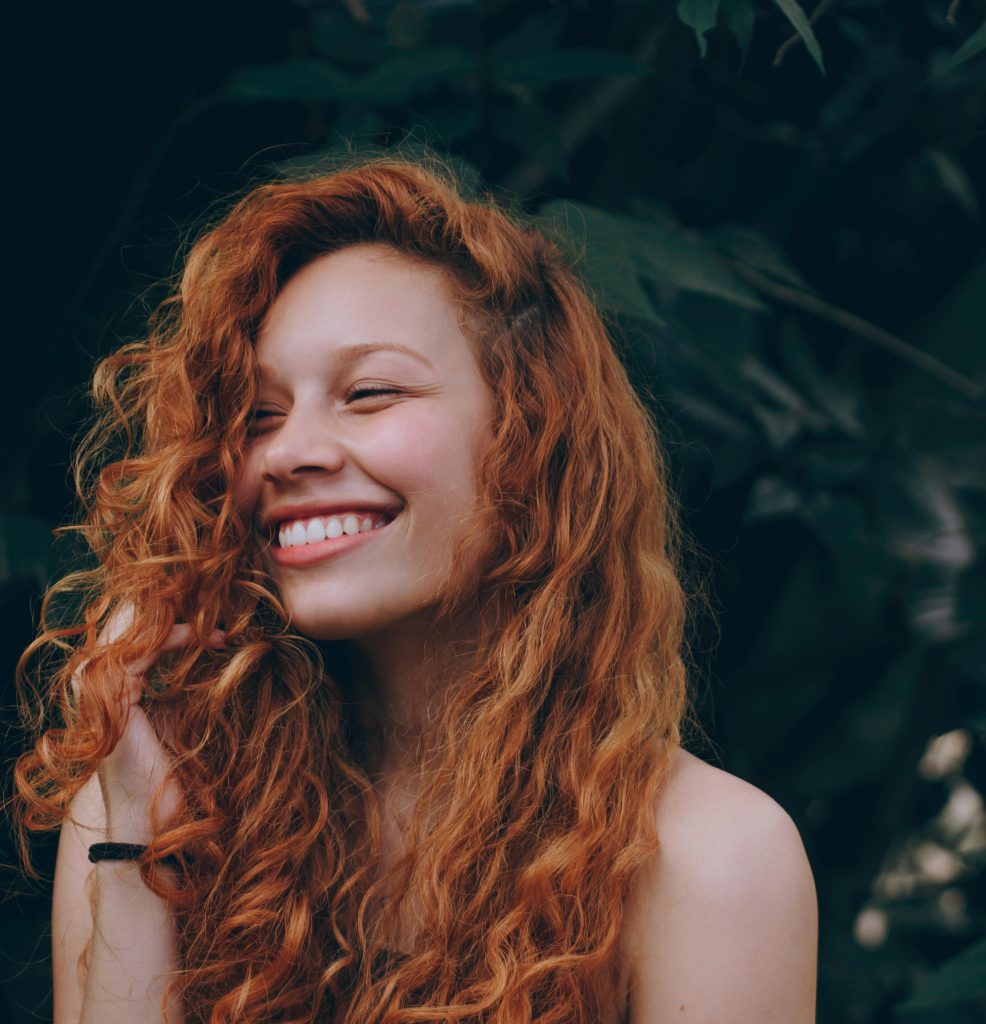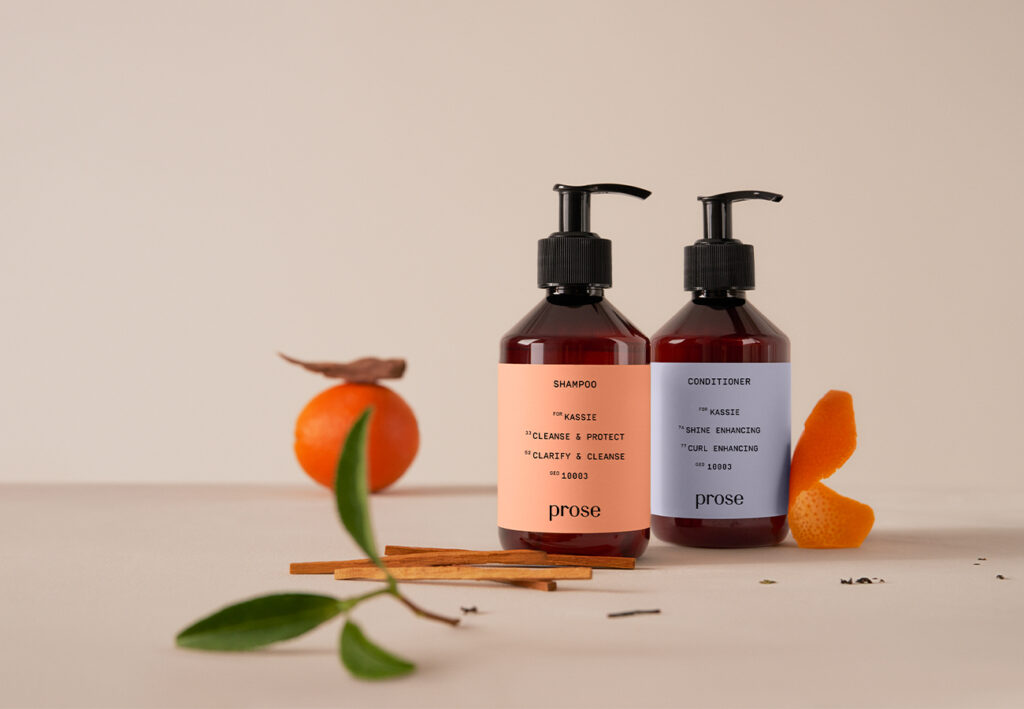On top of that, you need to know how to properly handle this hot tool, without frying your hair and burning yourself in the process. To learn how to curl hair with a curling iron—and the mistakes you should avoid making—read on for Symons’ intel on the matter. There are tips on the best types of devices, how to section hair, the proper heat application, heat protectant measures, and more.
How to curl hair with a curling iron
1. Choose the right curling iron for you
Material: Look for ceramic and titanium curling irons, says Symons. “They help lock in shine, calm flyaways, and take out static [by smoothing hair cuticles and boosting moisture retention]. People with fine, damaged, and vulnerable hair should always choose a ceramic option, as well as anyone who’s new to using curling irons. Note that titanium heats up very quickly and can reach higher temps, so it is better for well-practiced hands—as well as for thicker, coarser hair and people in a rush.
Features: Symons highly recommends irons with temperature controls, and suggests using a spring-clamp iron for at-home use. (As opposed to the ones professionals use, which is called a Marcel curling iron.) “The Marcel irons are hard for non-pros to use,” Symons says of the handiwork and angles that pros can master, as opposed to your limited dexterity and range of movement. If you’re unsure which wand you’re buying, then it’s probably a spring-loaded one—the Marcel ones are typically labeled as such. (They also have two long handles—one of them narrow—vs. the single handle and thumb-opened lever on a spring iron.)
Size: The larger the curling iron, you’ll get bigger waves and more body you’ll get. The smaller the size, the tighter the curl. While there are numerous sizes available, you can use the following few as your guidepost. If you’re still left wondering where to start, then a 1-inch barrel is always a good, versatile base.
3/8-inch iron: Ringlets, most resembling natural-hair curls
5/8-inch iron: Shaggy styles; great for curly-haired people
1-inch iron: Average curl (shoulder-length hair will get 4-5 wraps around the barrel)
1.25-inch iron: Loose, voluminous curl, great for beach waves
2-inch iron: Extremely loose, can mimic a blowout in longer styles
2. Start with heat protection and clean, dry hair
In order to maximize the curl quality and longevity, you want to have a clean canvas. “Too much natural oil or residual product in the hair can work against getting a good curl, although next-day or second-day hair can work well,” Symons notes. (In those instances, a thorough rinse and air dry will help flush out excess buildup.)
Let’s assume you’re going for a fresh start, though: “On the day of a style, wash well and condition, then apply a light volume spray and heat protectant,” Symons says. “Make sure the hair is completely dry and not damp.” As for heat protectants, Symons likes creams and sprays, which each come with their own application rules: “The cream heat protectants go on the hair before blow drying and the dry sprays go on each section before you touch it with the irons.”
3. Control the temperature
“Always use a curling iron with a temperature control so that you don’t burn the hair,” Symons says. “Ideally, the temperature setting should be much lower than 400 degrees, depending on the curl and hair type.”
Industry-accepted standards for heat are as follows:
Vulnerable hair: 250 degrees max
Fine hair: 300 degrees max
Medium hair: 350 degrees max
Coarse hair: 400 degrees max
To avoid burns, take things slow and consider using lower heat settings. “Don’t be in a rush when styling your hair,” Symons urges. “You can even buy a special glove to use with the curling iron. Some curling wands come with one.”
4. Section hair properly
How to section your hair for curling is a vast subject, but the best advice Symons has is “not too big and not too small”. The professionals will often section hair into vertical segments (top, middle, and base layers) and work their way across then up. The top connects the temples to the upper, rear end of the head. The middle goes from that point down to the top half of the ears, and the lower part is everything below.
From there, curl hair in 1-1.5-inch blocks. The smaller the sections, the more “spring” you’ll get when you unravel the curl—but anything too small will create uneven curls and take forever. Anything too big will have awkward heat distribution and lack any movement.
Anyone with naturally curly hair can take a more random approach to curl touchups, says Symons. So, instead of sectioning the hair, simply wrap your existing curls around the iron, in a random fashion. This will give them the desired definition and bounce, instead of forcing different groups of curls to suddenly cooperate and curl together.
5. Start wrapping at the base
The ends of your hair will curl faster since they’re older and more fragile. So, start wrapping hair closer to the base of the shaft (wherever it is you want the curl to begin). This younger side of the shaft can endure the heat slightly longer while you finish wrapping downwards towards the older lengths of the hair.
6. Don’t curl hair for more than a few seconds
In terms of how long to hold the hair on the wand, Symons says that a few seconds is best. You’ll quickly learn how much your hair can endure, but starting on the conservative side is much safer. And don’t forget to use heat protectant cream or spray, per the tips above.
7. Remember these three tips for better longevity
Pin them: After curling, clip the curl into place. “You can pin-curl each section and leave them in for as long as you like,” Symons says—as little as a few minutes will make an impact. The idea is to wait for them to have cooled off. “You can even sleep with the clipped sections and unravel them in the morning.”
Try a smaller barrel: Tighter curls will take longer to give way. So, since smaller barrels create a tighter curl, they can also encourage longevity.
Use hair spray + a hair brush: “Spray each section with a good working spray,” Symons says. “A light mist holds the curl in place.” To avoid the crunchiness of some sprays, one industry secret is to spray hairspray on a hair brush and then run it gently through the curls as you brush them out, instead of using hands to break them apart.
Wrap up
When learning how to curl hair with a curling iron it may take a few tries to master, but once you work out any kinks in the process, it’ll be smooth sailing. As with any hot tool, be sure to apply heat protectant before you begin styling. Prose’s custom leave-in conditioner can be used as a heat protectant as it’s been lab-tested to protect strands up to 450 degrees Fahrenheit*. Get started with your consultation here.
Always made to order. Never made to waste.
Exclusive Trial Offer Get 60% Off + Free Gift

*Instrumental test






